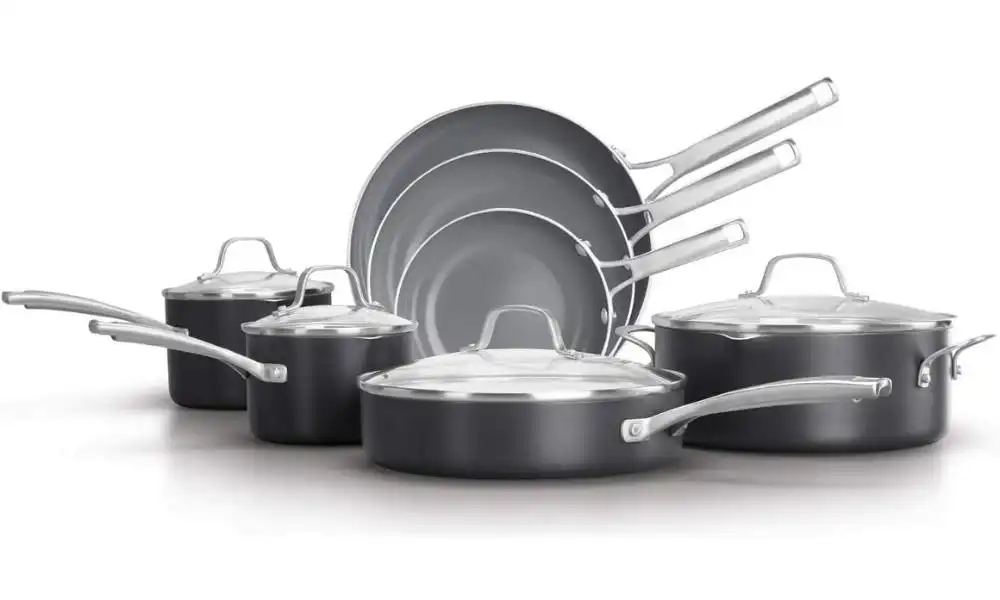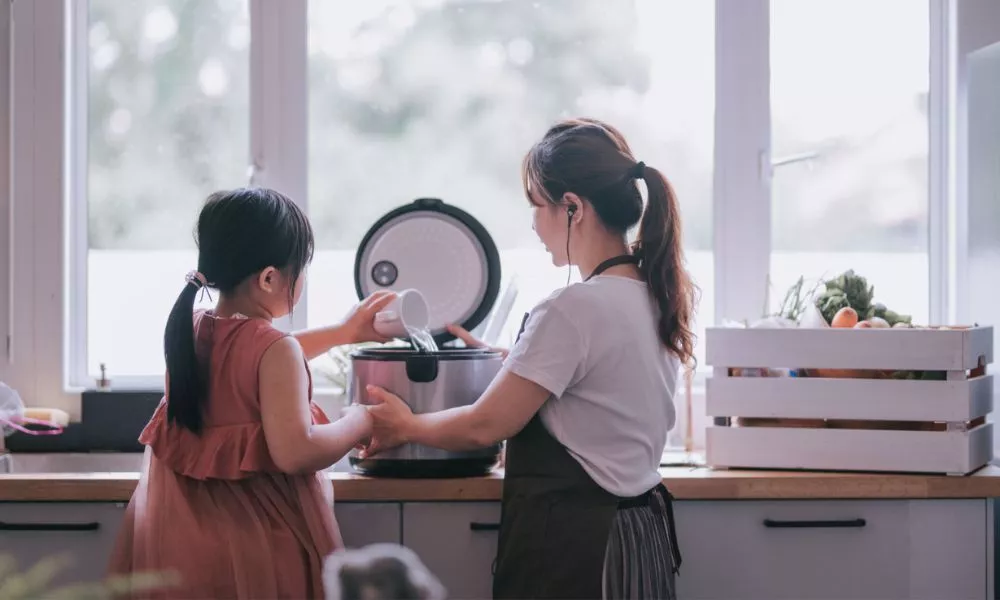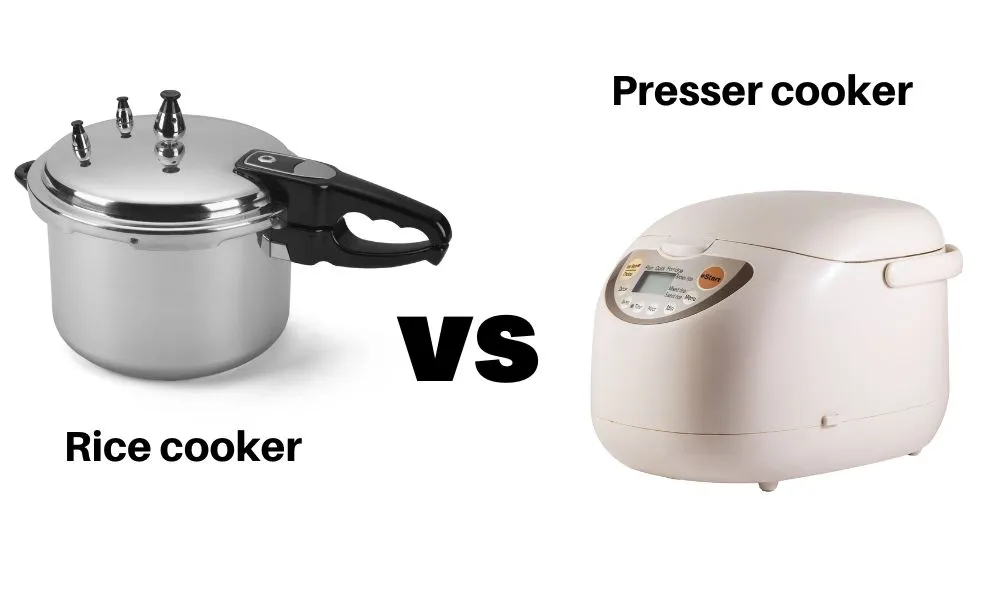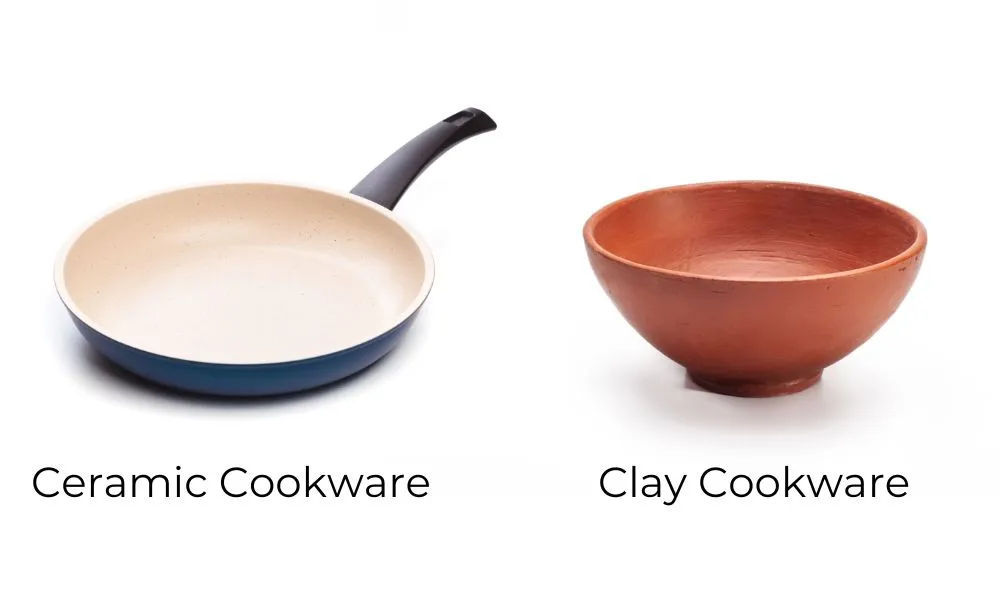If you’re looking for cookware that is versatile, durable, and safe for cooking, then ceramic cookware is a great choice. Ceramic cookware is made from natural materials and is free of toxic chemicals. It’s also non-reactive, meaning it won’t affect the taste of your food. In this article, we will take a closer look at the best types of ceramic cookware for your cooking needs.
Table of Content
Types of Ceramic Cookware
There are three main types of ceramic cookware: ceramic coated, pure ceramic, and ceramic glazed cookware.
Ceramic Coated Cookware
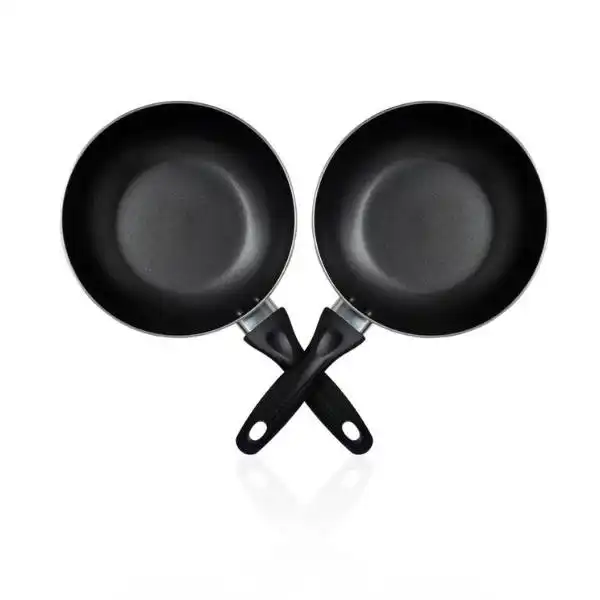
Ceramic-coated cookware is made of metal (usually aluminum or stainless steel) and coated with a layer of ceramic material. The ceramic coating provides a non-stick surface and prevents food from sticking to the pan. This type of cookware is affordable and widely available.
Pros
- Non-stick surface
- Affordable
- Available in a wide variety of colors and designs
Cons
- Not as durable as pure ceramic cookware
- The ceramic coating can chip or peel over time
- Not suitable for high-temperature cooking
Pure Ceramic Cookware
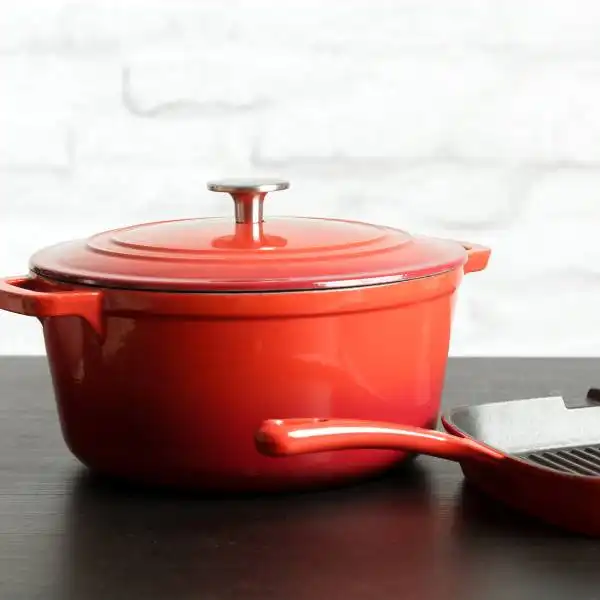
Pure ceramic cookware is made entirely of ceramic material. It is highly durable and can withstand high temperatures without cracking or breaking. Also, pure ceramic cookware is often used for baking and is known for its excellent heat distribution.
Pros
- Durable
- Excellent heat distribution
- Suitable for high-temperature cooking
Cons
- Expensive
- Heavy
- Can be difficult to clean
Ceramic Glazed Cookware
Ceramic glazed cookware is made of metal and coated with a layer of enamel glaze. The glaze provides a non-stick surface and prevents food from sticking to the pan. This type of cookware is available in a wide range of colors and designs.
Pros
- Non-stick surface
- Available in a wide range of colors and designs
- Suitable for high-temperature cooking
Cons
- Not as durable as pure ceramic cookware
- The glaze can chip or crack over time
- Not suitable for use on induction cooktops
Factors to Consider when Choosing Ceramic Cookware
When choosing ceramic cookware, there are several factors to consider.
Durability
Pure ceramic cookware is the most durable type of ceramic cookware, followed by ceramic-coated cookware and ceramic-glazed cookware.
Heat Distribution
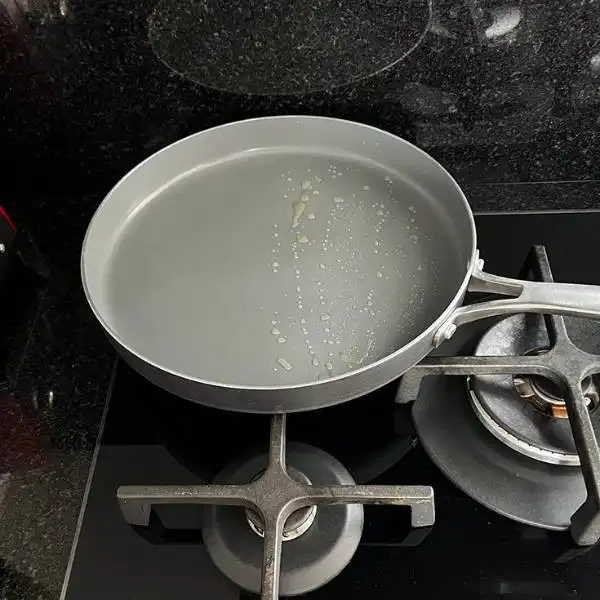
Pure ceramic cookware provides the most even heat distribution, followed by ceramic-coated cookware and ceramic-glazed cookware. Generally, even heat distribution is important for cooking food evenly and preventing hot spots.
Non-stick Properties
Ceramic-coated and glazed cookware have non-stick surfaces, making them ideal for cooking delicate foods like fish and eggs without sticking. Pure ceramic cookware, on the other hand, may require oil or butter to prevent sticking.
Maintenance
Ceramic cookware requires proper maintenance to ensure longevity. Also, washing ceramic-coated and glazed cookware by hand with a gentle cleaner prevents flaking and chipping. Pure ceramic cookware can be washed in the dishwasher, but it’s important to handle it carefully to prevent cracking or breaking.
How to Care for Ceramic Cookware
Caring for ceramic cookware is easy if you follow a few simple steps.
Preparing the Cookware for First Use
Before using ceramic cookware for the first time, wash it in warm soapy water to remove any residue from the manufacturing process. Rinse thoroughly and dry with a soft cloth.
Cleaning
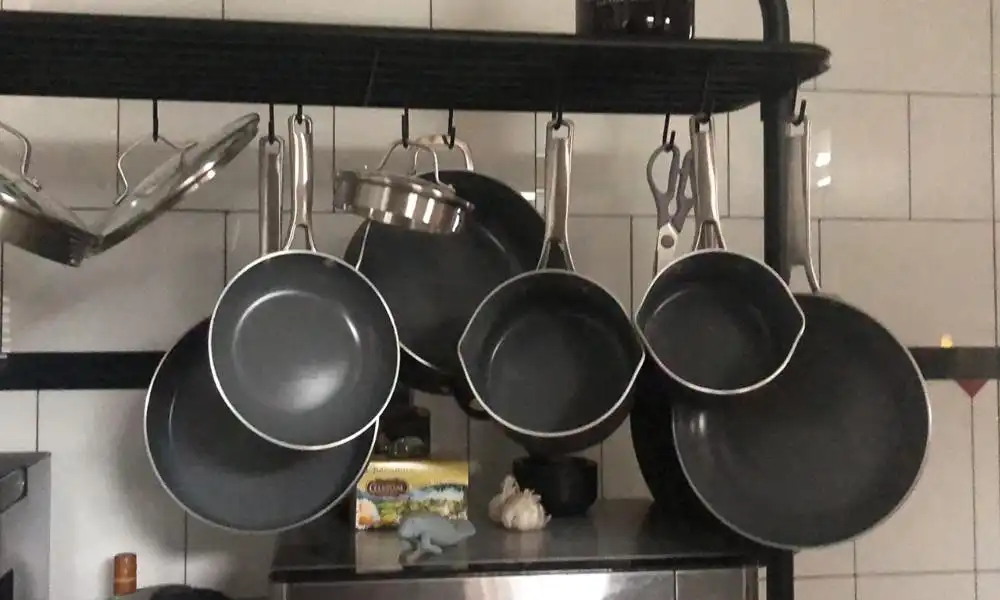
You should wash ceramic-coated and glazed cookware by hand with a gentle cleanser and a soft sponge. Hence, avoid using abrasive sponges or scouring pads, which can damage the ceramic coating. Also, you can wash pure ceramic cookware in the dishwasher, but you should handle it carefully to prevent cracking or breaking.
Storage
Store ceramic cookware carefully to prevent scratching or chipping. although, use a soft cloth or paper towel to separate each piece, and avoid stacking heavy items on top of delicate pieces.
People Also Ask:
- ways to cook on ceramic cookware
- ceramic cookware cooking tips
- Ceramic Cookware Techniques
- ceramic cookware dos and don’ts
- ceramic cookware mistakes
- Ideas for Using Ceramic Cookware
- DIY Ceramic Cookware
Conclusion
Ceramic cookware is a great choice for anyone looking for safe, durable, and versatile cookware. Whether you choose ceramic-coated, pure ceramic, or ceramic-glazed cookware, be sure to consider factors like durability, heat distribution, non-stick properties, price, and maintenance before making a purchase.
FAQs
Can I use metal utensils on ceramic cookware?
While ceramic-coated and glazed cookware can withstand metal utensils, it’s best to use wooden or silicone utensils to prevent scratching or damaging the surface. Pure ceramic cookware is more delicate and should only be used with wooden or silicone utensils.
Is ceramic cookware dishwasher safe?
Ceramic-coated and glazed cookware should be washed by hand with a gentle cleanser, while pure ceramic cookware can be washed in the dishwasher. However, it’s important to handle pure ceramic cookware carefully to prevent cracking or breaking.
How long does ceramic cookware last?
With proper care and maintenance, ceramic cookware can last for many years. Ceramic-coated and glazed cookware may need to be replaced more frequently than pure ceramic cookware.
Can ceramic cookware be used on an induction cooktop?
Pure ceramic cookware is not suitable for use on an induction cooktop, as it is not magnetic. However, some ceramic-coated and glazed cookware may be compatible with induction cooktops. Check with the manufacturer before using an induction cooktop.
